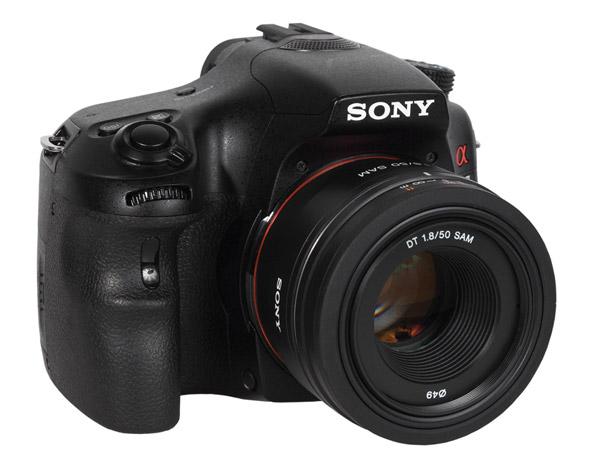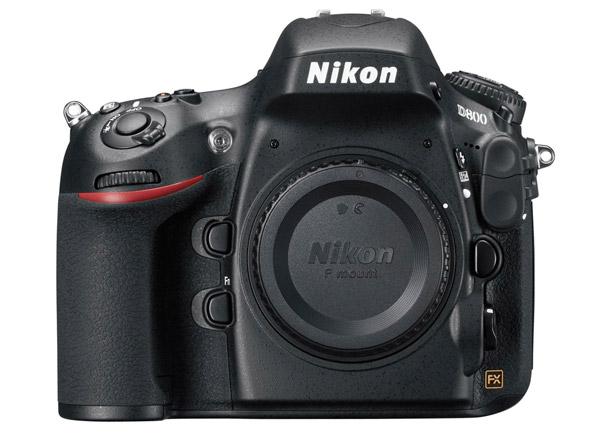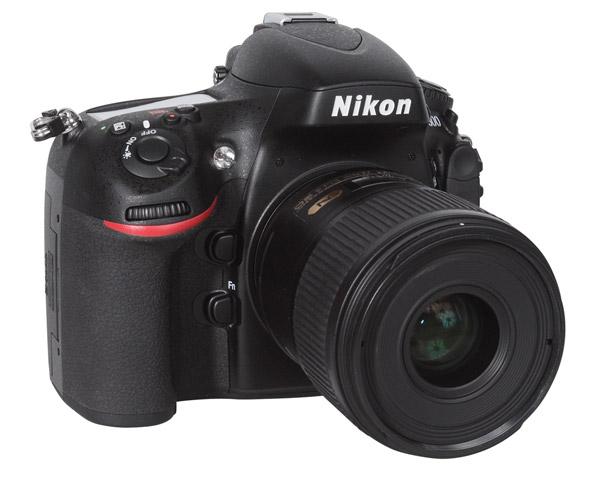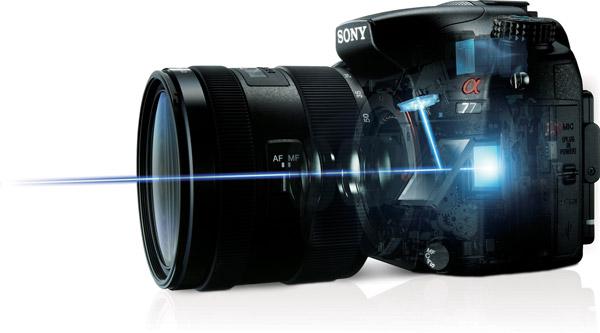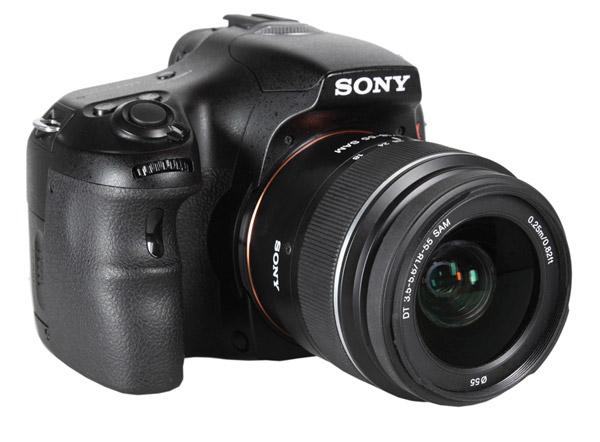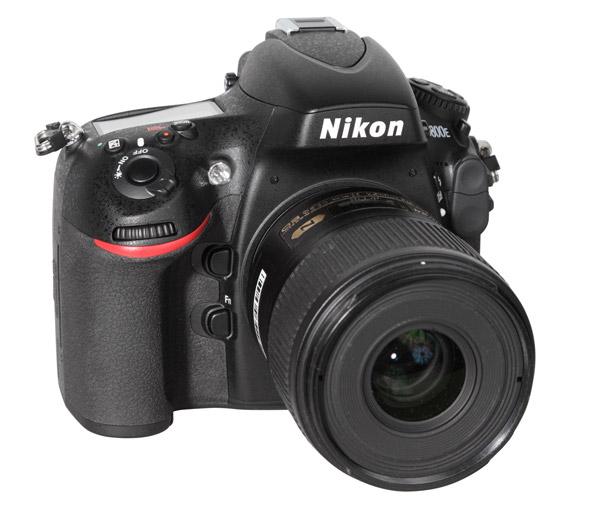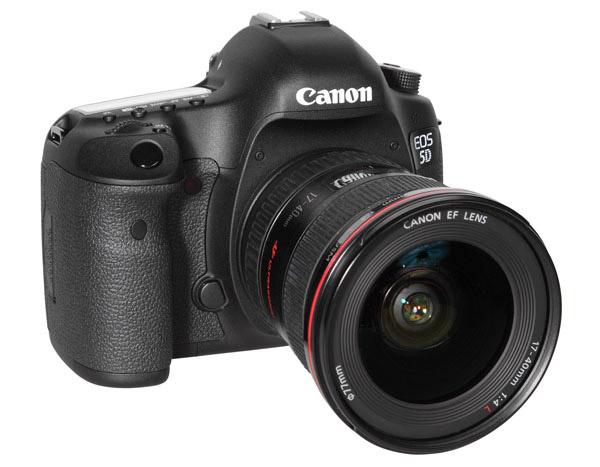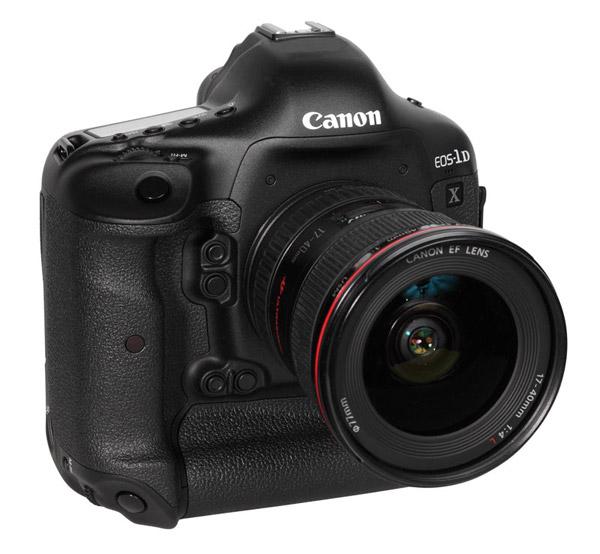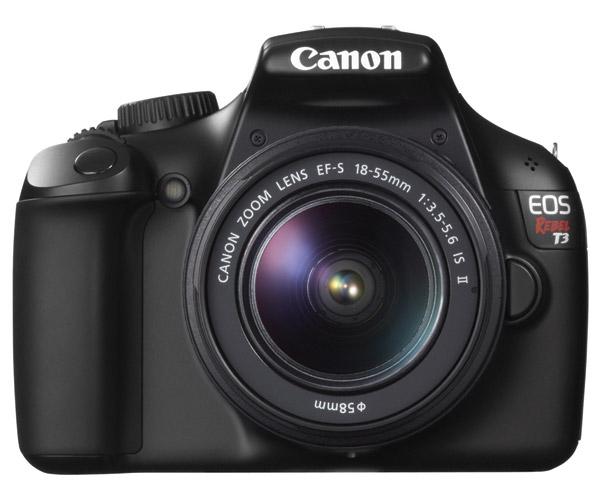DSLR Reviews
Sort By: Post Date TitlePublish Date
|
Feb 07, 2013 |
First Published: Jan 01, 2013 |
|
Jan 18, 2013 |
First Published: Dec 01, 2012 |
|
Jan 11, 2013 |
First Published: Dec 01, 2012 |
|
Jan 09, 2013 |
First Published: Dec 01, 2012 |
|
Aug 20, 2012 |
First Published: Jul 01, 2012 |
|
Jun 22, 2012 |
First Published: May 01, 2012 |
|
May 11, 2012 |
First Published: Apr 01, 2012 |
|
Feb 13, 2012 |
First Published: Jan 01, 2012 |
|
Feb 09, 2012 |
First Published: Jan 01, 2012 |

